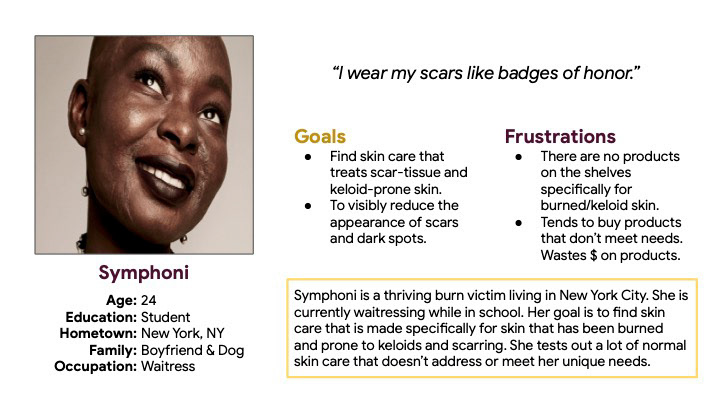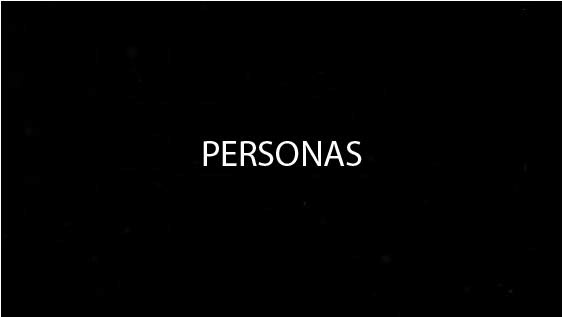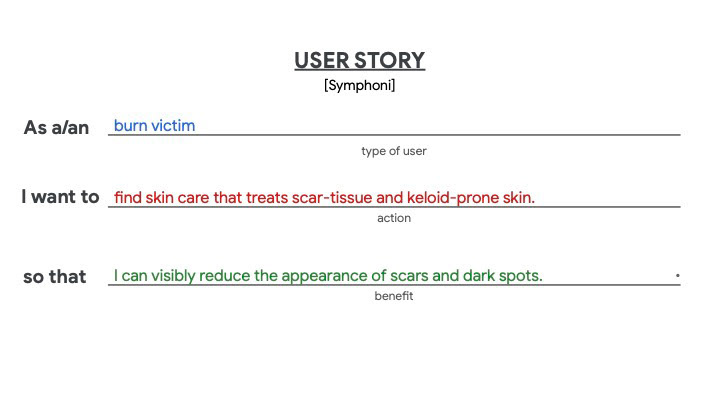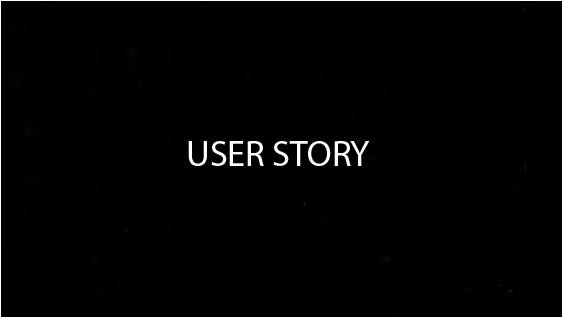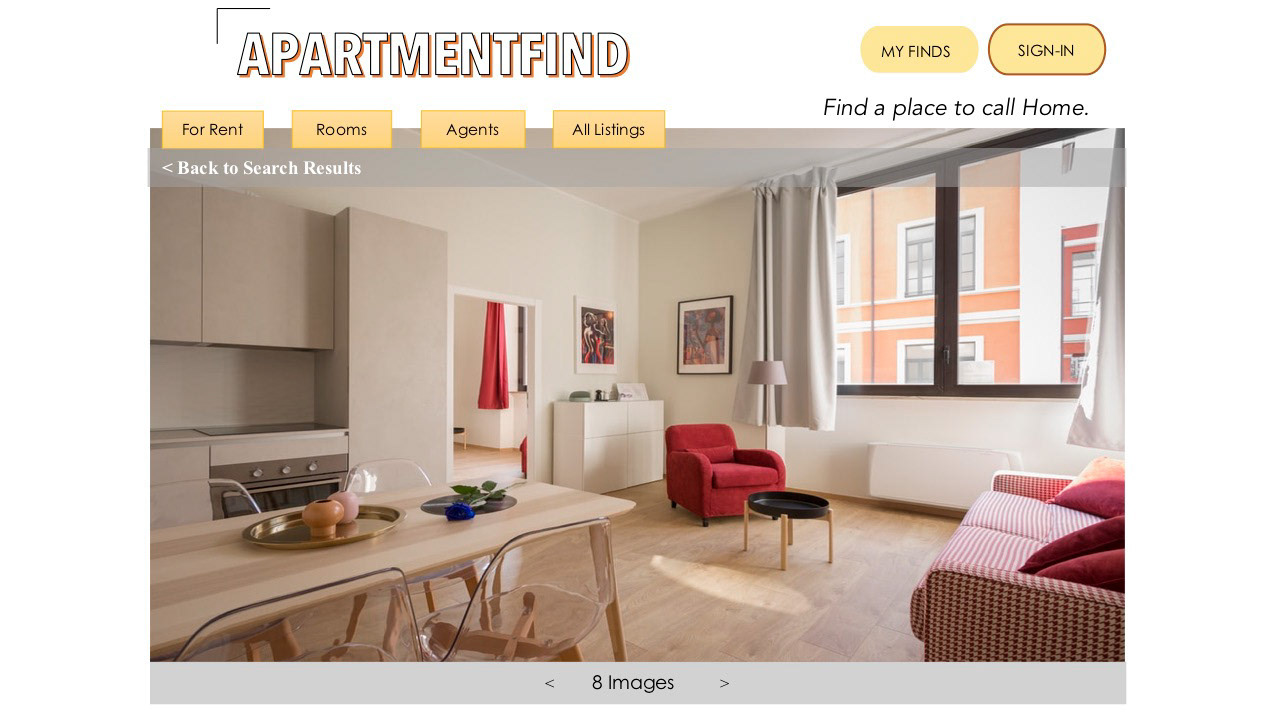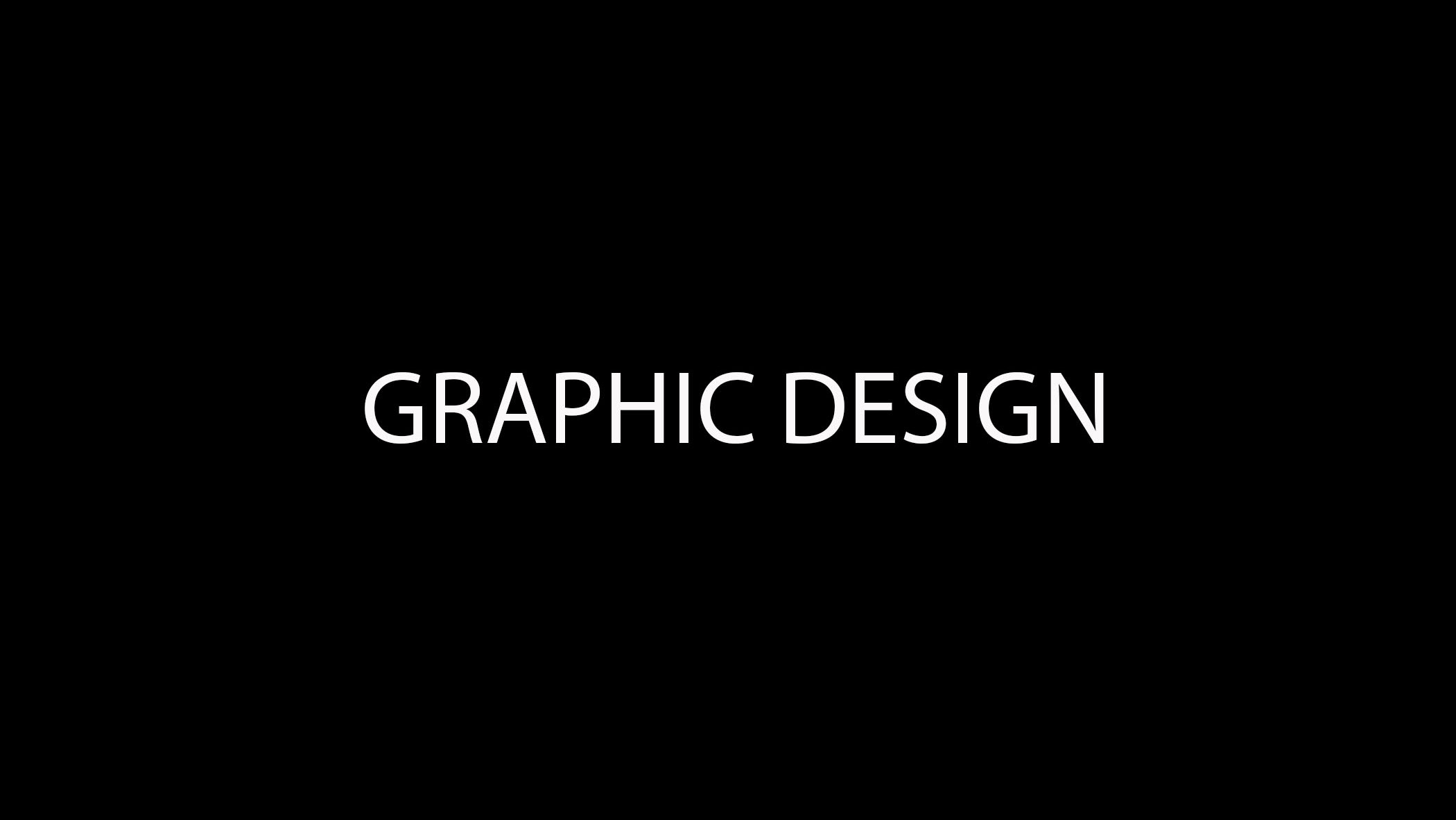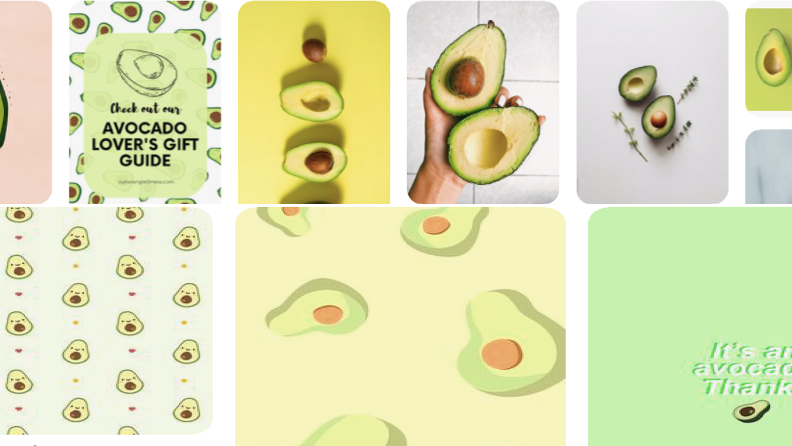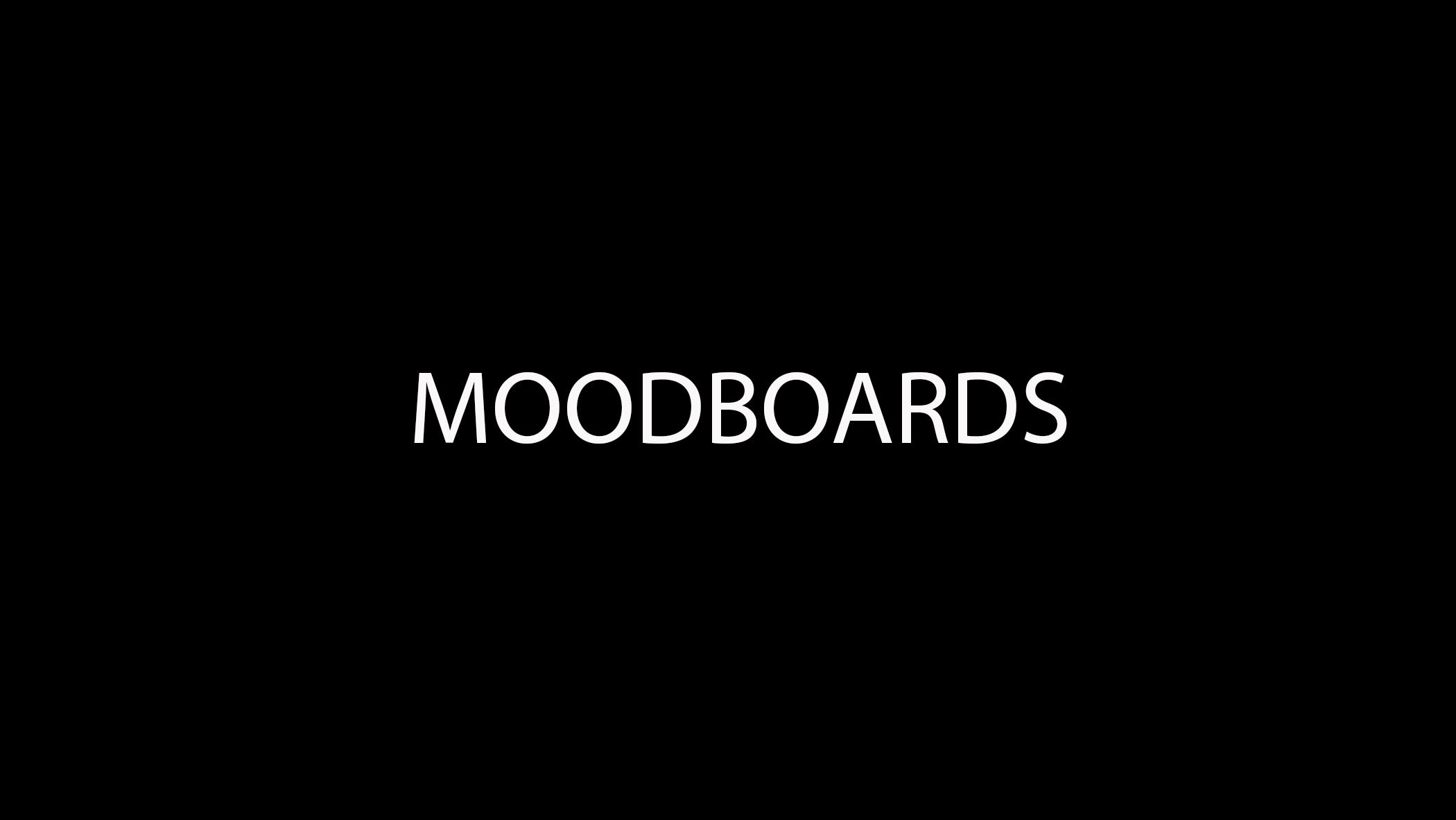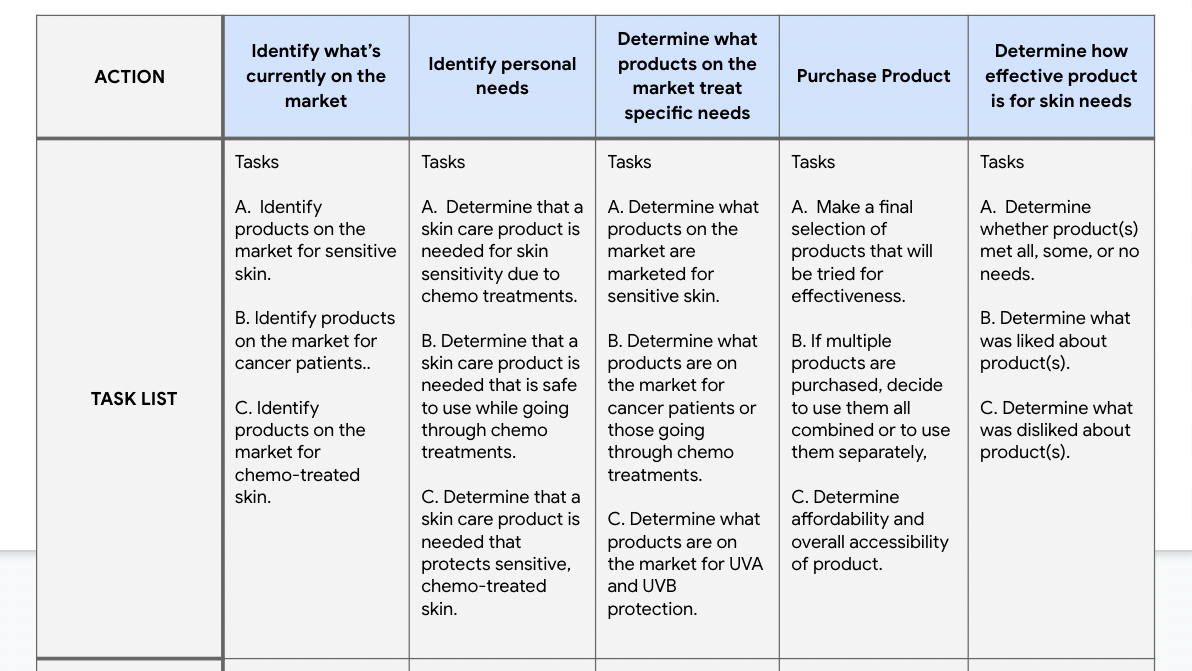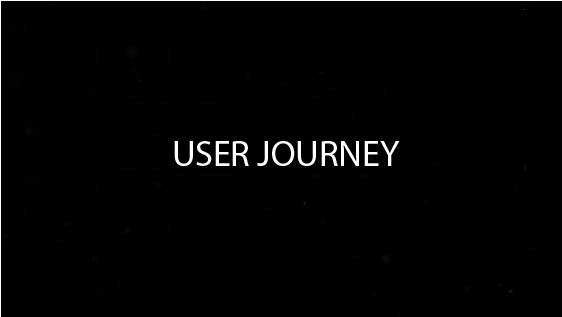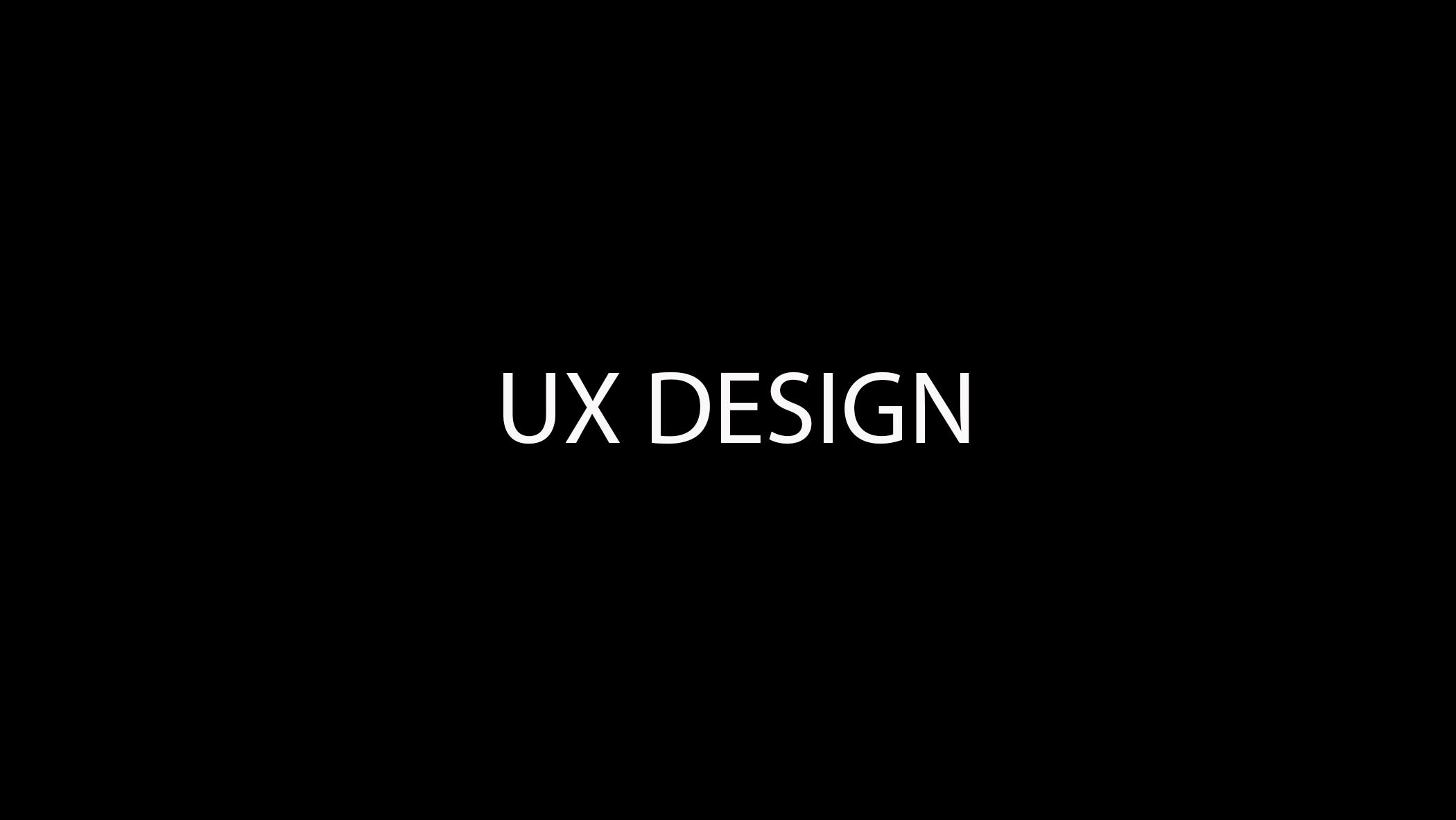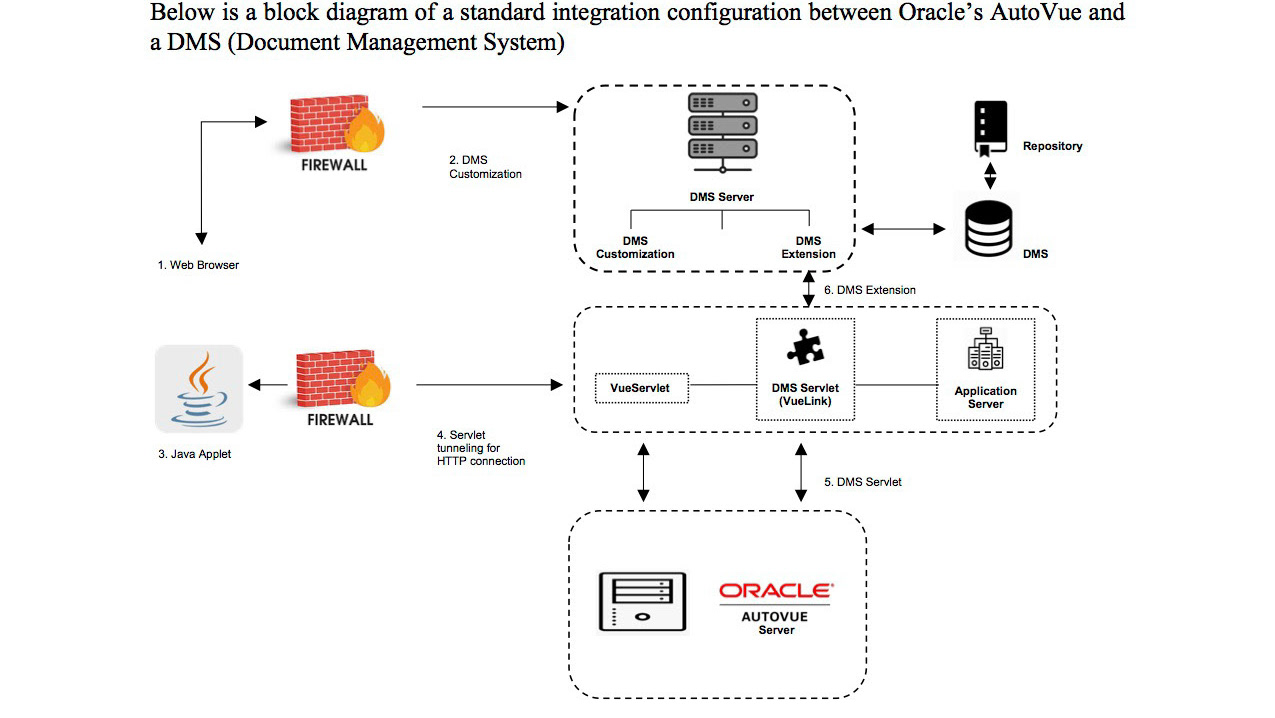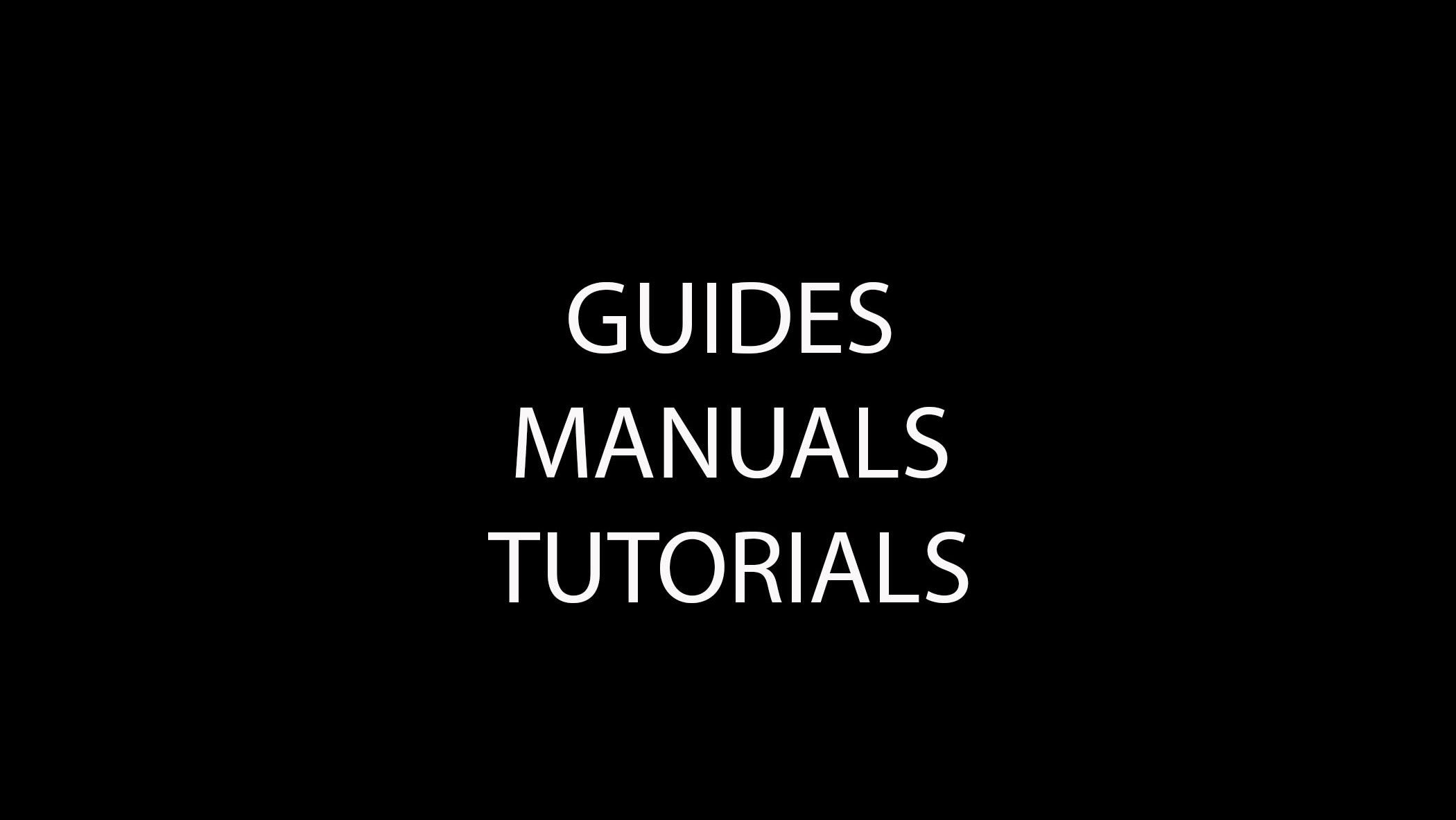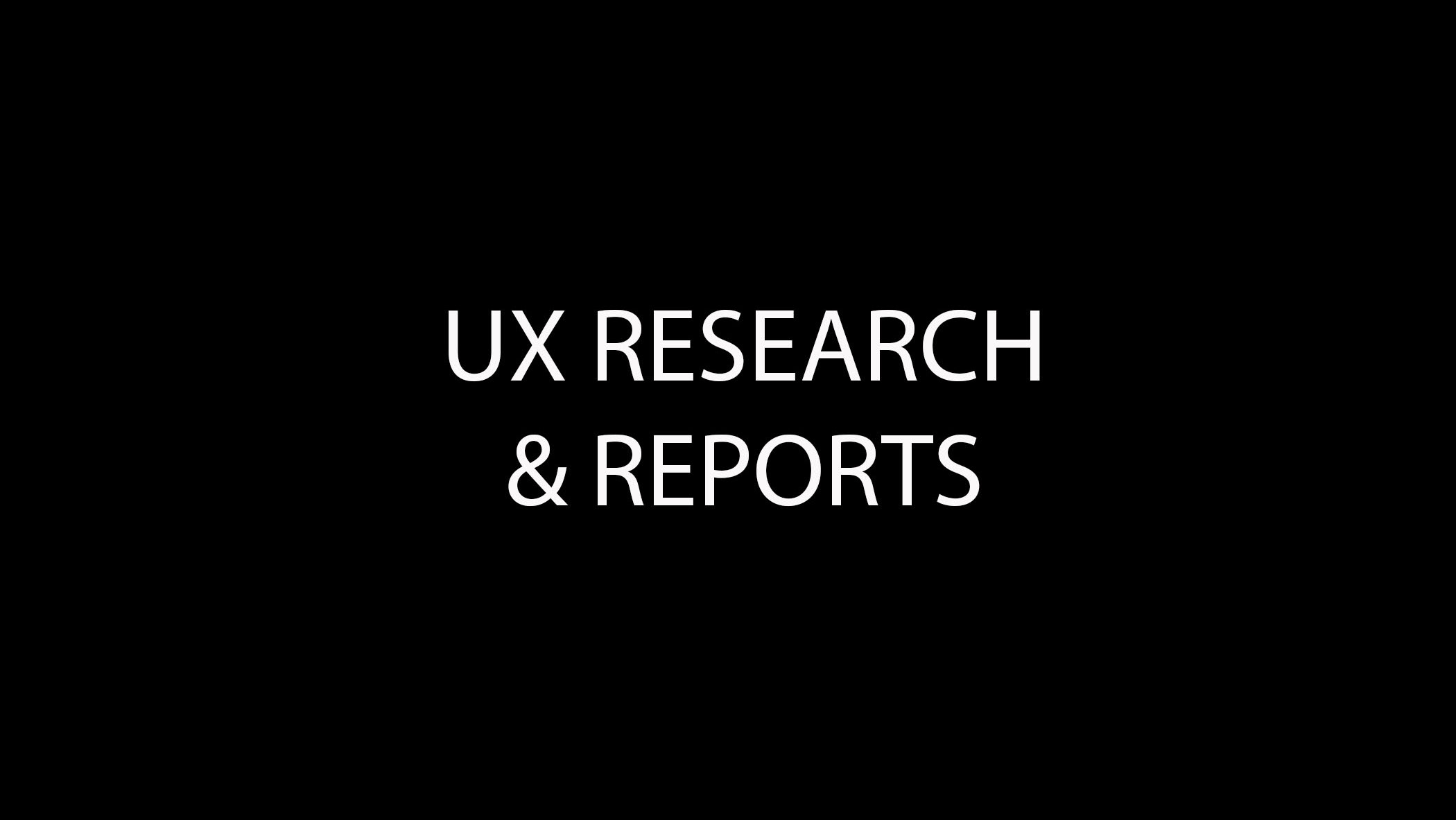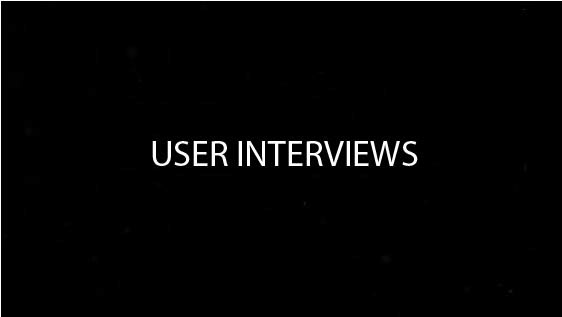Project Description
Home Away App | Food Findr App | + More
To create an array of mobile applications for consumers of various contemporary communities looking for touch-and-go mobility.
___________________
Rationale:
As consumers continue to live a constant life on-the-go, industry leaders work to accommodate shifts within the field of technology. The push for individuality and personalization is often supported by developers, designers and programmers who work to supply consumers with cutting edge technological solutions that provide an interactive touch to user lifestyle. Moreover, the applications that appear here were created in an attempt to simplify day-to-day tasks so that users can "get on with their lives."
Objective:
All mobile application prototypes were developed and designed in response to an overwhelming consumer desire for real-time interactivity. Touch a button, or say a command. My objective was to conceptualize a way to place this power in the hand of the every-day user.
Challenges:
The projects presented here required the development of wireframes, content maps, sitemaps and mood boards, as well as various means of research into industry competitors, standards + more. Overall, the development of multiple interactive pathways proved to be the biggest challenge.
After pitching to various stakeholders within relevant organizations, the most common feedback received was a lack of interface functionality/interactivity and security.
My role: User research, User Flow, UI/uX design & prototyping as well as Usability testing.
chartING THE PROBLEm
________________
USER RESEARCH & exploration
To address the said lack of interface functionality, interactivity and security, I set out to explore and audit live mobile applications within relevant fields. My goal was to compile as much insight and information about current user interactivity and functionality, as a means of pinpointing all major gaps within those areas. I also audited the security of each app so as to understand the present standard in security when it comes to mobile applications. My aim here was to use the data received to build something bigger, better and more secure while keeping the idea of 'touch-and-go' at the forefront.
Outcomes & Takeaways
After enacting a run of audits, I was able to collect enough data in order to generate an overall blueprint or prototype for the mobile application. Not only did this allow me to confidently understand the current industry 'standard', I also used this standard as a sort of gauge for how and where my mobile application designs were to exceed the others.
HI-FI WIREFRAMES OF HOME SECURITY COMPETITORS
Roles & PersonaS
___________________
To properly align these new designs with consumer needs, I developed broad roles and personas. In order to develop these personas, I conducted qualitative research into consumer demographics. The data I collected in regard to the consumer market helped me gain the needed perspective into the behavior and habits of potential users.
Marx, 28 years (Corporate Executive)
I am a busy business professional looking to ensure the safety of my home and assets, even on-the-go."
Behavior
For Marx, security is necessity. Remote access technology and interactivity is a common consumer desire for this persona. This role loves the idea of safety and soundness. Wherever possible, they opt for the most leading technology. They enjoy all the bells and whistles that come with home security and beyond.
Pain Points
Lack of confidence in remote capabilities
Desires full-access control
Motivations
Desire to protect assets
Desire for hands-on interactivity
Wants peace of mind
IDEATION
mid-fi wireframes
During the conceptualization phase of the project, most of my focus went into nurturing the primary function or goal of each app. My main objective for the Food Findr app was to develop a means of providing touch-and-go locating abilities, while priority was given to touch-and-go security for the Home Away app. As the ideation phase continued on, the primary function of each app began to expand into other avenues. This surplus led me to the development of wireframes using Cacoo software, as I wanted to accurately outline the various pathways and functions users would be able to employ. Once I completed each wireframe, I opted to display a recording of each app as a form of user testing.
Please note that at this particular phase in the app design process, frequent user feedback proved to be crucial to the elimination of certain pain points and to the enhancement of usability and desired functionality.
ENVISIONING THE FINAL PRODUCT
Designed for simplicity
The applications displayed here were developed with simplicity and surety in mind. They stand for both confidence and clarity. With that being said, it is my hope that these designs gain your trust through transparency. I worked to eliminate any unnecessary UI components as I wanted to stay focused on creating design elements that were consistent and clean. I also want to highlight the typographical hierarchy used as a contributing factor to the projects exceptional readability and overall orientation.
Conversion-Centered Design
In order to follow the principles of conversion-centered design, I chose to apply the said strategies below:
- CTA designed with both simplicity and clarity.
- Visual Contrasts to guide user eyes to elements that call-to-action.
- Targeted white and/or blank space to help with orientation and navigation around the web page.
